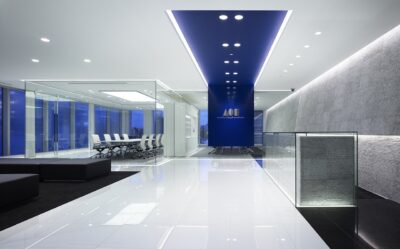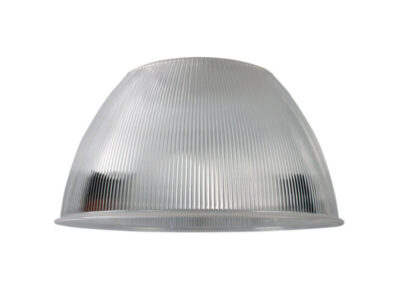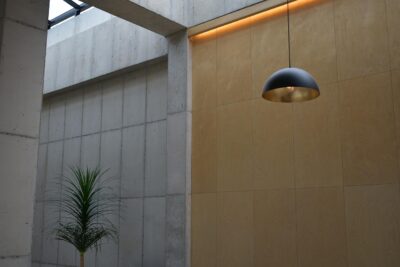
How to Use LED Fixture Covers for Green Building Compliance
How to Use LED Fixture Covers for Green Building Compliance By Aman | Updated on May 14th 2025 Green buildings are no longer a trend—they’re
Home » How to Prepare for a Lighting Renovation Project
Lighting plays a pivotal role in defining the ambiance, functionality, and efficiency of any space. Whether it’s a cozy living room or a bustling office, upgrading lighting systems can transform the atmosphere and improve energy efficiency. A lighting renovation project, however, requires meticulous planning and execution to achieve the desired results.
This guide will walk you through every stage of preparing for a lighting renovation, ensuring you make informed decisions and avoid common pitfalls.
Before diving into the renovation, it’s crucial to evaluate your existing lighting conditions. Start by identifying areas where lighting is inadequate, overly harsh, or outdated. Take note of the types of fixtures currently in use, their placement, and their compatibility with modern lighting solutions.
Understanding your electrical setup is equally important. Ensure the wiring and circuits can handle upgraded fixtures, particularly if you plan to install energy-intensive options like chandeliers or advanced LED systems.
Define clear goals for your lighting renovation. This will help guide your decisions throughout the project.
Common Objectives:
Align your goals with the specific needs of the space. For example, while residential renovations might focus on aesthetics and comfort, commercial spaces often prioritize functionality and energy efficiency.
Lighting design is a blend of art and science. The right design can elevate a space, making it both functional and beautiful.
Choosing Fixtures: Select fixtures that align with the room’s purpose. For example:
Consider architectural features, ceiling height, and wall colors, as these factors influence light distribution and overall design.
A well-defined budget is the foundation of a successful lighting renovation project. Start by listing all potential costs, including fixtures, installation, permits, and unexpected expenses.
Prioritize spending on areas that offer the most significant return on investment, such as energy-efficient solutions that reduce long-term costs.
Modern lighting technology offers a wide range of options, each with unique benefits.
Technological Advancements: Explore smart lighting systems that integrate with home automation platforms, enabling features like voice control, motion sensing, and scheduled dimming. These technologies enhance functionality while reducing energy consumption.
Collaborating with professionals ensures the project runs smoothly and meets technical requirements.
Clearly communicate your vision and goals to the team, providing detailed plans or mood boards to illustrate your ideas.
Compliance with local building codes and safety standards is essential during a lighting renovation.
Ensuring compliance not only avoids legal complications but also guarantees the safety and longevity of your lighting systems.
A structured plan ensures the renovation proceeds efficiently.
Steps to Follow:
Minimize disruption by scheduling work during off-hours or in phases, especially for commercial spaces.
Even with careful planning, challenges can arise during a lighting renovation.
Common Problems and Solutions:
Anticipating potential issues allows you to address them swiftly, keeping the project on track.
Proper maintenance ensures your new lighting systems perform optimally for years.
When necessary, consult professionals for repairs or upgrades, particularly for complex systems like smart lighting.
A lighting renovation project has the potential to transform any space, enhancing both functionality and aesthetics. By assessing your current setup, setting clear goals, and planning meticulously, you can achieve a successful outcome that meets your needs and exceeds your expectations. Collaborating with experts, understanding regulatory requirements, and adopting modern technologies further ensure a smooth and efficient renovation process.
For high-quality light covers and diffusers tailored to both residential and commercial projects, consider trusted providers like Fluorolite. Fluorolite’s extensive range of products and expertise can simplify your renovation journey, helping you achieve your lighting goals.
Consider the purpose of each space. For instance, use bright task lighting for kitchens and workspaces, and softer ambient lighting for living areas.
Smart lighting systems, LED fixtures, and energy-efficient designs are among the top innovations. These options enhance functionality, reduce energy consumption, and offer customization.
Create a detailed budget that includes all costs, prioritize essential upgrades, and allocate funds for unexpected expenses. Opt for energy-efficient fixtures to save on long-term costs.
Common mistakes include neglecting compliance, underestimating costs, and choosing incompatible fixtures. Avoid these by thorough planning, consulting professionals, and sourcing quality products from providers like Fluorolite.

How to Use LED Fixture Covers for Green Building Compliance By Aman | Updated on May 14th 2025 Green buildings are no longer a trend—they’re

How to Extend the Life of Your LED Fixture Light Covers By Aman | Updated on May 3rd 2025 LED fixture light covers might seem

How to Clean LED Fixtures and Light Covers Safely By Aman | Updated on 30th April 2025 Let’s face it—LED lighting fixtures look sleek, save
Trustindex verifies that the original source of the review is Google. Muy bueno buen servicio buena calidadTrustindex verifies that the original source of the review is Google. I was trying to replace the fluorescent light coverings in my bathroom and I came across this Fluorolite Plastic LLC company online , which turned out to be a heaven sent experience. The customer service was amazing and not to mention the timely response to the email sent about what I needed . Customer service also took the time out to make sure that I was ordering the right product . My whole experience and the product was superb. Loving the light covering ♥️Trustindex verifies that the original source of the review is Google. The parts are great and the employees even better.Trustindex verifies that the original source of the review is Google. Great quality acrylic circles. Not flimsy like some I’ve tried. Material is protected from scratches and other damage well with plastic/paper coating then securely shipped from Fluorolite in thick cardboard. Encountered a shipping error with my order but in-house Customer Service resolved it quickly. Will definitely use Fluorolite again!Trustindex verifies that the original source of the review is Google. It was a very good experience. Customer service, excellent! The product was made with a thicker plastic. Not a cheap, thin one.Trustindex verifies that the original source of the review is Google. Product fit perfectly. Customer service was extremely helpful in working with my measurements and photo of existing light cover, to insure I purchased the right product.Trustindex verifies that the original source of the review is Google. light cover fits perfectly, good service, quick delivery
"We've Got You Covered" and Trace n'Fax are Registered Trademarks of Fluorolite Plastics, LLC. © 2011-2024 All rights reserved Fluorolite Plastics